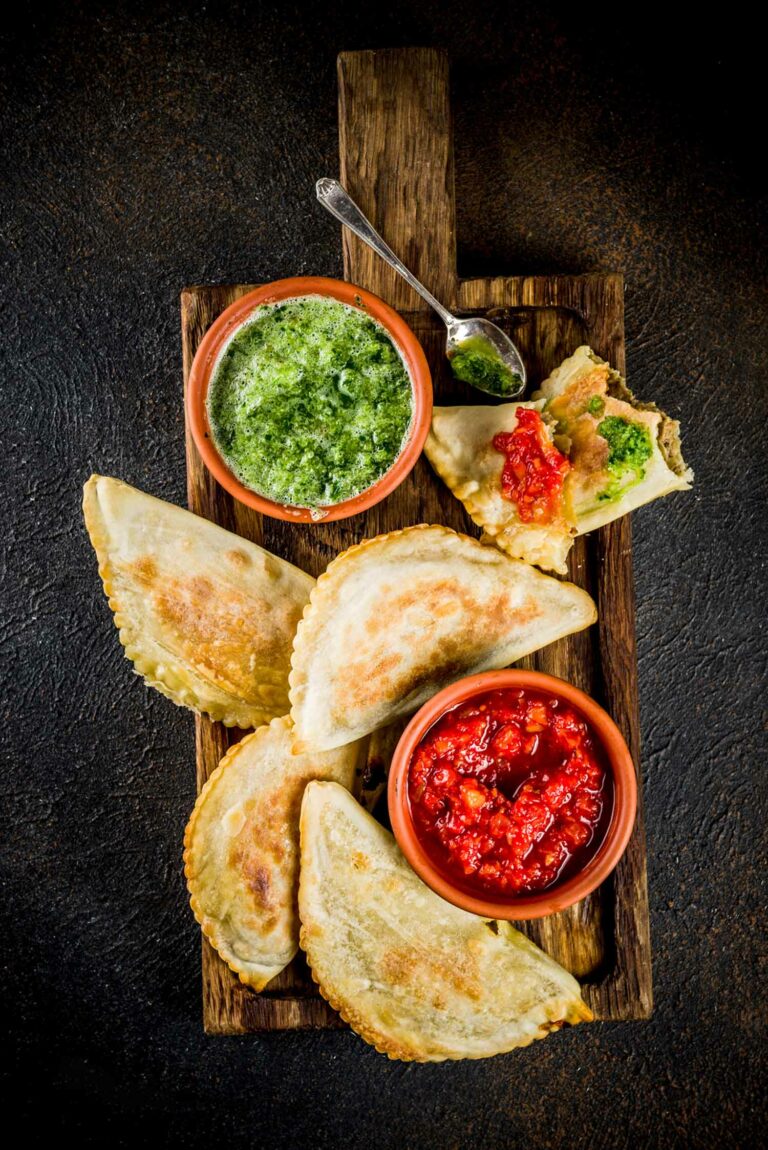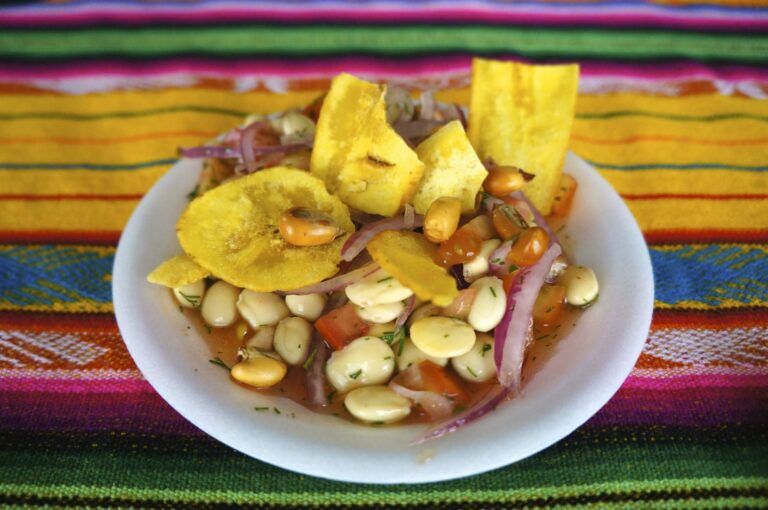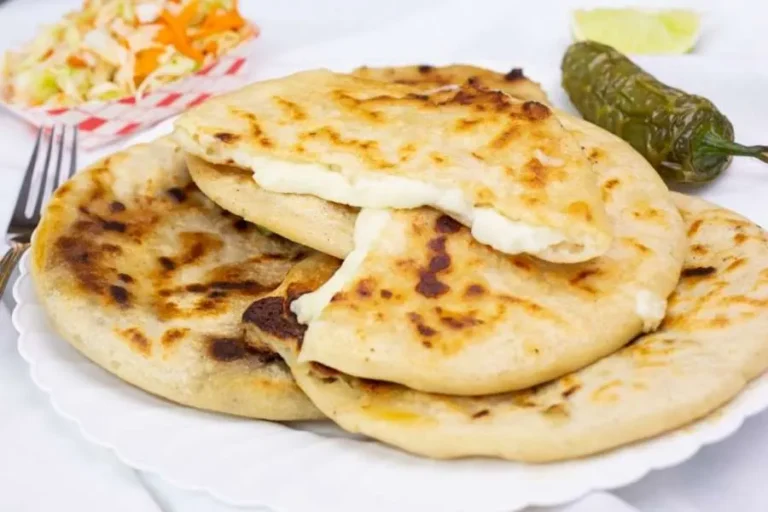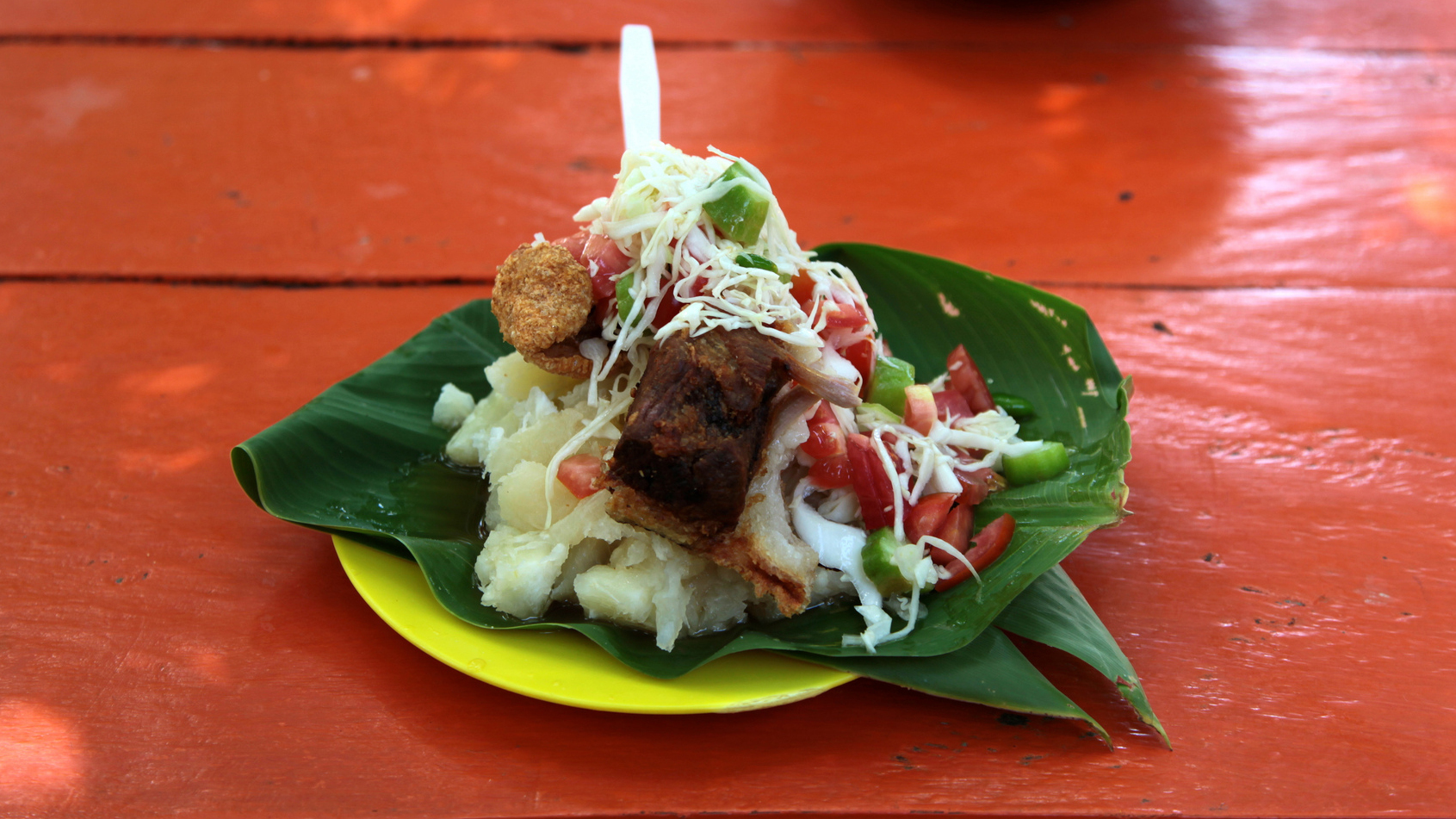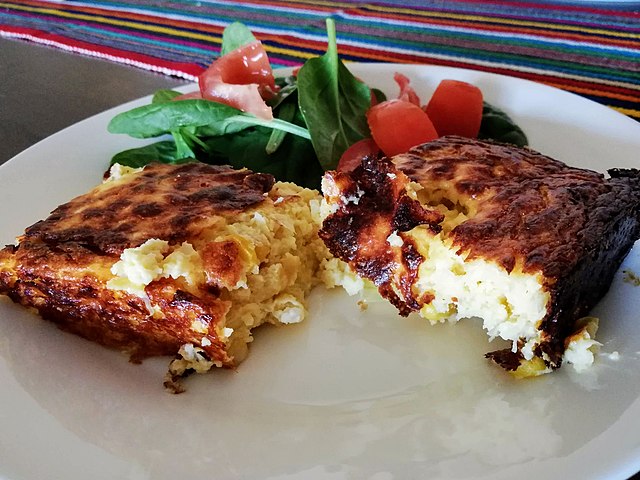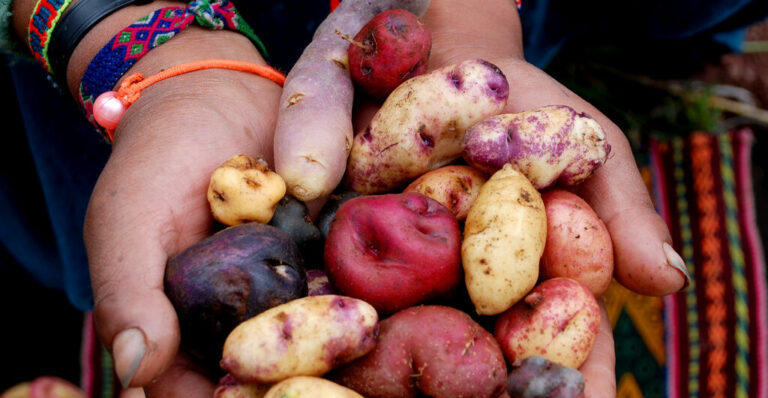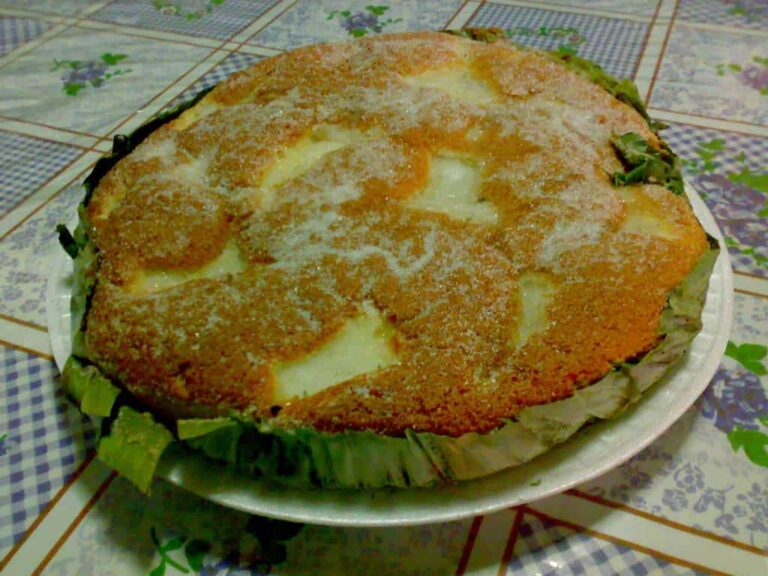Introduction: Chilean cuisine
Chilean cuisine is a reflection of the country’s diverse geography, history, and culture. Located on the west coast of South America, Chile’s cuisine has been influenced by indigenous ingredients and cooking styles, as well as Spanish, Italian, and German immigrants who arrived in the country in the late 19th and early 20th centuries. One of the key ingredients in Chilean cuisine is corn, which has been cultivated in the region for thousands of years. Another staple ingredient is the potato, which was introduced to Chile by Spanish conquistadors in the 16th century.
Corn in Chilean cuisine: history and uses
Corn has been an important ingredient in Chilean cuisine for thousands of years, dating back to the time of the indigenous Mapuche people. The Mapuche would grind corn into flour and use it to make a variety of dishes, including bread, porridge, and a fermented drink called chicha. Today, corn is used in a variety of traditional Chilean dishes, including pastel de choclo (a corn and meat pie), humitas (corn tamales), and sopaipillas (fried dough made with corn flour). Corn is also used to make a popular snack called mote con huesillo, which is a sweet drink made with mote (cooked corn kernels) and dried peaches.
Traditional corn-based dishes in Chile
One of the most popular corn-based dishes in Chilean cuisine is pastel de choclo, which is a savory pie made with ground beef, onions, chicken, raisins, and olives, topped with a layer of pureed corn and baked until golden brown. Another traditional dish is humitas, which are similar to tamales and are made with ground corn, onions, and spices, wrapped in a corn husk and steamed until tender. Sopaipillas, which are often eaten as a snack or street food, are made with a mixture of corn flour, water, and salt, formed into a patty and fried until golden brown.
Potatoes in Chilean cuisine: history and uses
Potatoes were introduced to Chile by Spanish colonizers in the 16th century and quickly became a staple ingredient in Chilean cuisine. Today, potatoes are used in numerous traditional dishes, including cazuela (a hearty soup made with beef, vegetables, and potatoes), papas rellenas (stuffed potatoes filled with ground beef, onions, and olives), and the popular dish chupe de papas (a potato gratin with cheese, milk, and eggs).
Traditional potato-based dishes in Chile
Papas rellenas, which translates to “stuffed potatoes,” are a popular snack in Chile, consisting of mashed potatoes that are filled with seasoned ground beef, onions, and olives, then rolled in breadcrumbs and deep-fried. Another traditional potato dish is cazuela, which is a comforting soup made with beef or chicken, vegetables, and potatoes. The dish is typically served with a side of rice and accompanied by bread and a glass of red wine.
Corn and potato dishes in Chilean cuisine
Corn and potatoes are often used together in Chilean cuisine, creating a variety of delicious dishes. One of the most popular is chupe de papas con choclo, which is a potato and corn gratin topped with cheese and baked until golden brown. Another tasty dish is humitas en dulce, which are sweet tamales made with ground corn, sugar, cinnamon, and raisins, served with a dollop of whipped cream.
Modern twists on traditional corn and potato dishes
While traditional corn and potato dishes remain popular in Chilean cuisine, modern chefs are also putting their own twist on these classic ingredients. For example, some restaurants are serving pastel de choclo with a seafood filling, or adding bacon to sopaipillas for a savory twist. Other chefs are experimenting with different types of corn, such as blue corn or purple corn, to create new flavors and textures in their dishes.
Conclusion: importance of corn and potatoes in Chilean cuisine
Corn and potatoes are two of the most important ingredients in Chilean cuisine, with a long history of use in traditional dishes. These ingredients reflect the country’s rich cultural heritage and diverse geography, and continue to play a vital role in modern Chilean cuisine. Whether eaten in a traditional dish or in a modern twist, corn and potatoes remain a beloved staple in Chilean cuisine.

